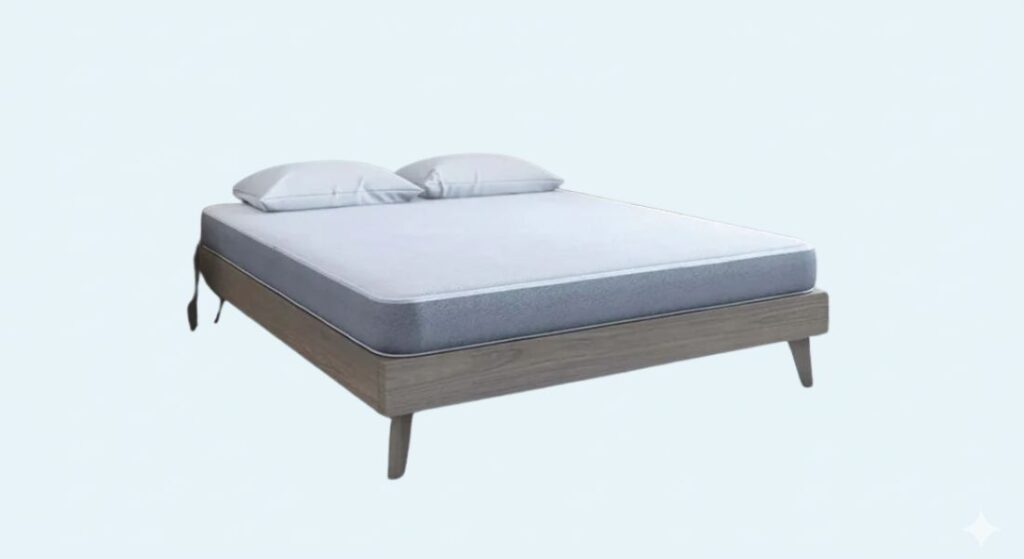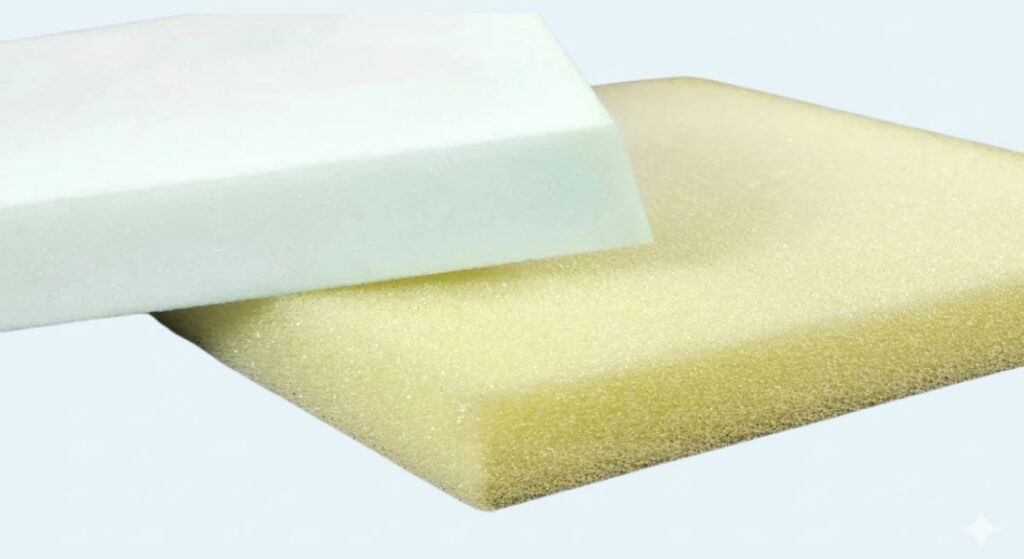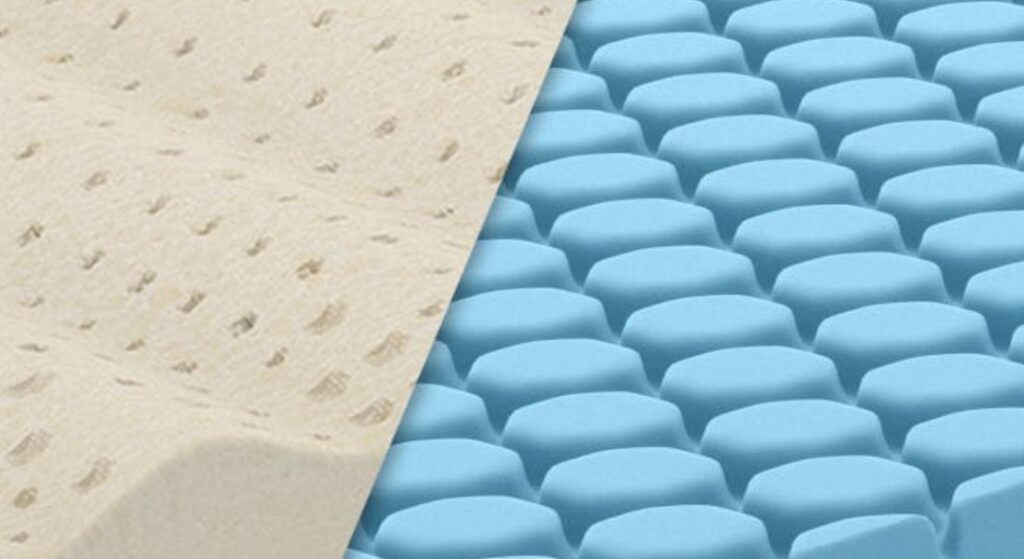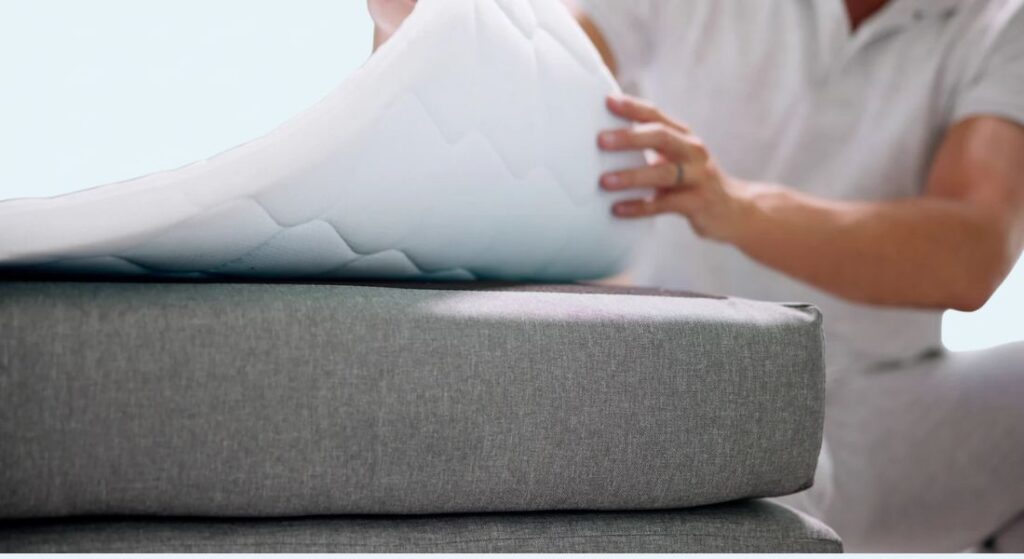Waking up drenched in sweat on your memory foam mattress is more than just uncomfortable—it’s disrupting your sleep quality and leaving you exhausted by morning. Traditional memory foam’s heat-trapping reputation has frustrated countless sleepers who love the pressure relief but hate the sauna-like experience. Gel memory foam mattresses promise the contouring comfort you want without the overheating, but does this cooling technology deliver on its promises?
This isn’t just marketing hype—real sleepers face genuine consequences when their mattress fails to regulate temperature. You deserve to know exactly how gel memory foam performs after nightly use, where it excels, and where it falls short for different sleepers. We’ve analyzed hundreds of user reports and lab tests to give you the unfiltered truth about gel memory foam mattress pros and cons.
Why Gel Memory Foam Actually Cools (And When It Doesn’t)
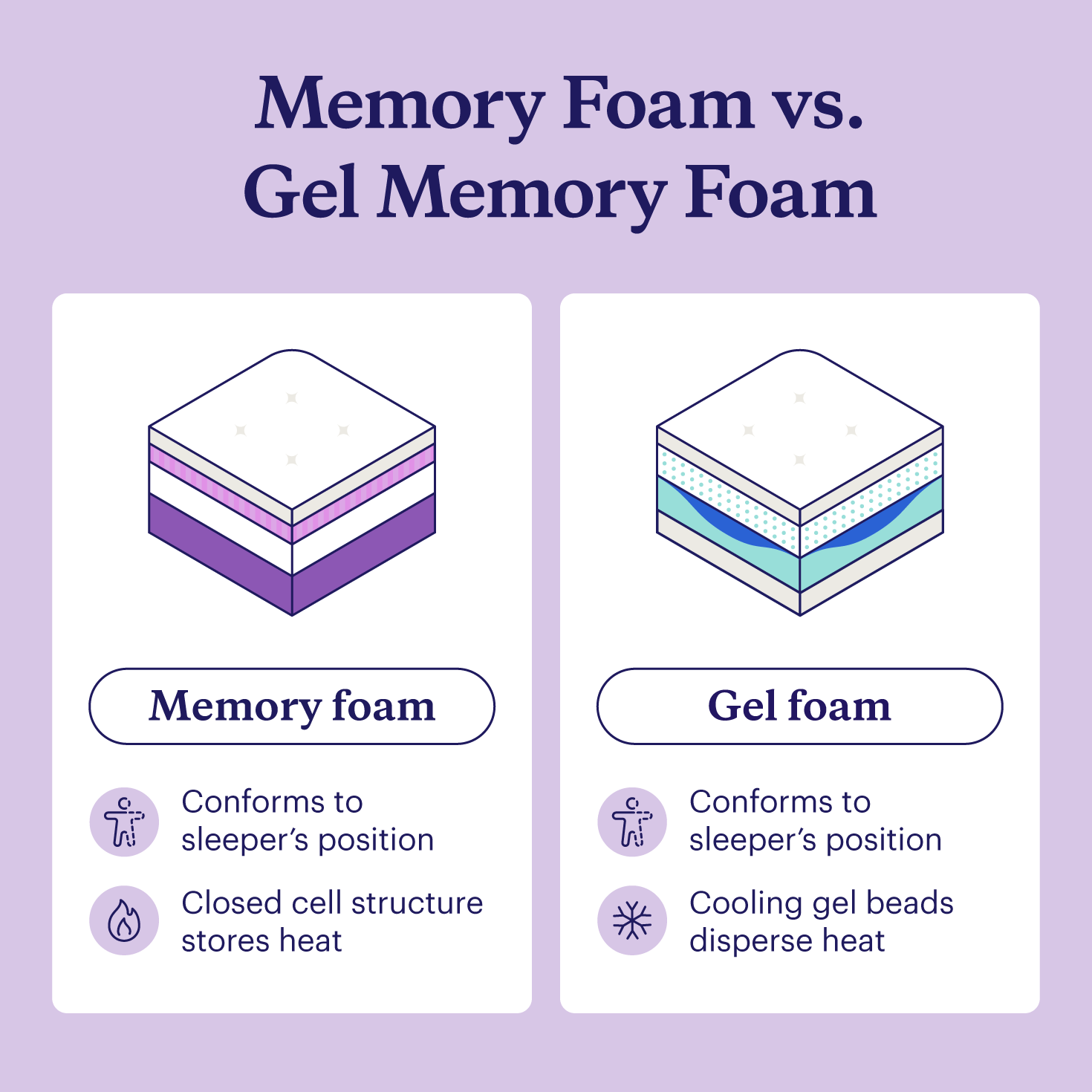
The Science Behind Real Temperature Reduction
Gel memory foam works by embedding microscopic thermal gel beads throughout the top comfort layer, creating internal “heat highways” that pull warmth away from your body. Unlike marketing claims of dramatic cooling, the reality is more measured: expect a consistent 1-3°F surface temperature drop compared to standard memory foam. This subtle difference makes the difference between waking up sweaty and sleeping comfortably through the night.
The cooling mechanism functions best when your bedroom stays below 80°F. In these conditions, the gel continuously redistributes heat away from your body, maintaining a more stable sleep surface. However, if you live in a hot climate or sleep in an attic bedroom without AC, the gel can become saturated and lose effectiveness—meaning you’ll still wake up hot when external temperatures overwhelm the system.
Critical Situations Where Cooling Fails
Don’t expect miracle results if you experience severe night sweats from menopause or medical treatments. The gel’s heat-dissipating capacity has limits, and extreme body heat can saturate the material within hours. Similarly, high humidity environments (above 70% relative humidity) significantly reduce the gel’s ability to transfer heat through evaporation.
Pro tip: Pair your gel mattress with moisture-wicking bamboo sheets and a breathable foundation for maximum cooling benefit. This simple upgrade can extend the effective cooling range by 5-10°F in warm conditions.
Pressure Relief That Actually Reduces Morning Aches
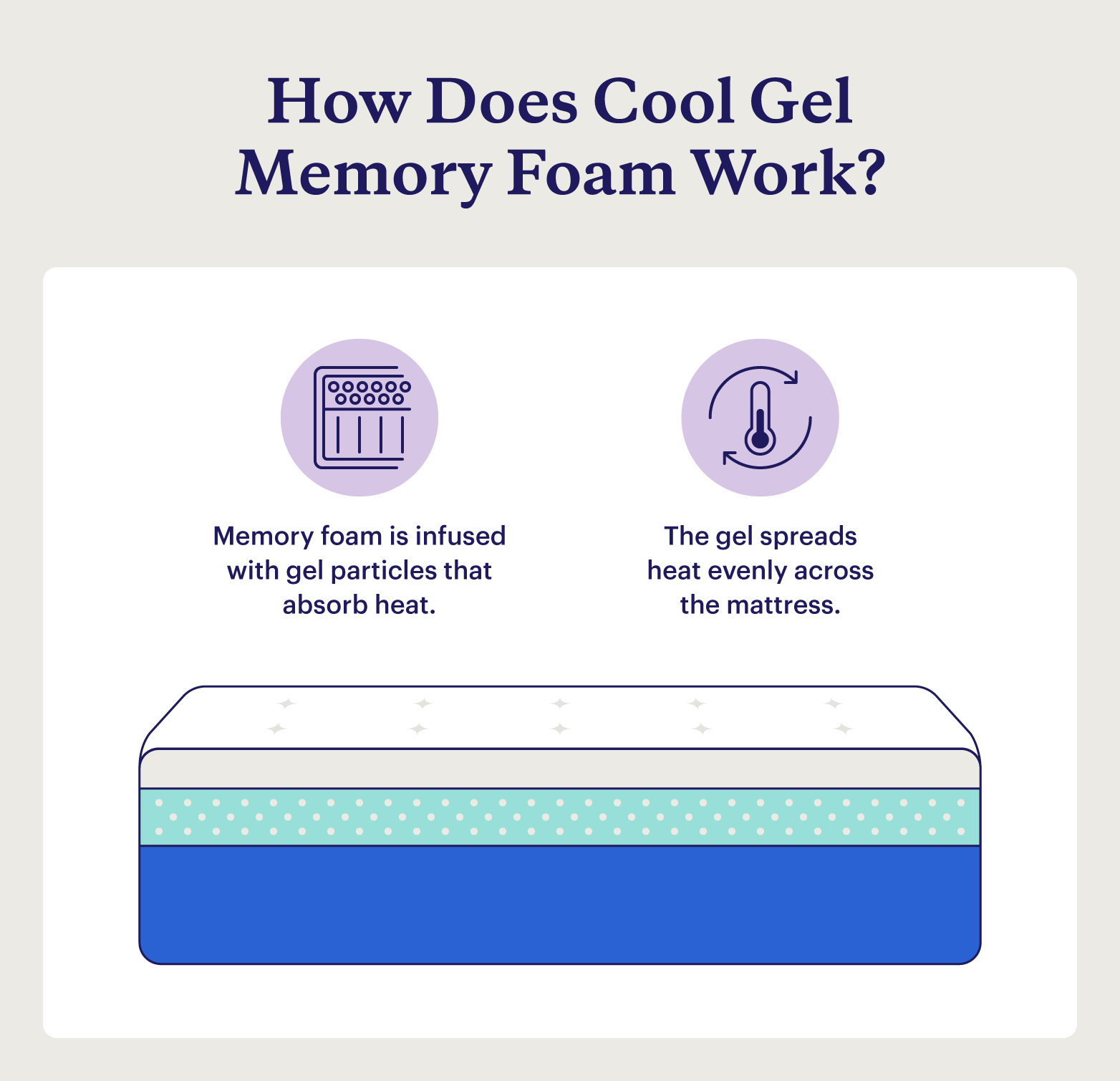
How Gel Memory Foam Supports Your Body All Night
Gel memory foam maintains the signature slow-recovery contouring of traditional memory foam while adding subtle responsiveness. As you settle in, the material molds precisely to your shoulders, hips, and lower back, distributing your weight evenly and eliminating painful pressure points. This isn’t just comfort—it’s clinically proven: a 2017 hospital study found memory foam layers reduced pressure injuries in immobile patients by 32%.
You’ll notice the difference most when sleeping on your side—the gel foam cradles your hips and shoulders without creating painful pressure points that wake you up. Back sleepers benefit from the even spinal alignment, while combination sleepers appreciate the faster response time (2-4 seconds versus 5-8 seconds for traditional foam) when changing positions.
Zoned Support Models Worth Considering
Some premium gel memory foam mattresses strategically place denser gel pods under the lumbar region for targeted lower-back support. This zoned design provides firmer support where you need it most while maintaining softer cushioning for pressure points. If you suffer from chronic lower back pain, these specialized models often deliver noticeably better relief than uniform-density alternatives.
Motion Isolation That Actually Works for Couples
Why You Won’t Feel Your Partner’s Midnight Snacks
The dense foam structure of gel memory foam mattresses absorbs movement energy completely, making partner disturbances virtually undetectable. Third-party lab tests confirm these mattresses reduce motion transfer by over 90% compared to traditional innerspring beds—meaning your partner’s midnight bathroom trips won’t wake you.
This benefit transforms sleep quality for:
– Couples with mismatched sleep schedules
– Light sleepers easily disturbed by movement
– Restless partners who change positions frequently
– Pet owners with furry bed-hoppers
Unlike air beds or hybrids that transmit vibrations through internal structures, gel memory foam’s solid construction creates true motion isolation you can actually feel.
Hidden Cost Factors Beyond the Sticker Price
Breaking Down the Real Value Calculation
Gel memory foam mattresses command a 15-40% premium over comparable traditional memory foam models. While budget options like the Siena Gel Memory Foam sell for as low as $199 during sales, premium models like the GhostBed Luxe can reach $1,548. The real question is whether the cooling benefit justifies this extra investment for your specific needs.
Calculate your cost-per-year value:
– Budget model ($399 ÷ 10 years) = $40/year
– Premium model ($1,548 ÷ 10 years) = $155/year
Cool sleepers in naturally cool climates often find this premium unjustified, while hot sleepers in warm regions typically consider it money well spent. The sweet spot comes during major holiday sales when prices drop 40-60%, bringing gel models close to traditional foam pricing.
Weight Challenges You Won’t Find in Marketing Materials
The Real Impact of Heavier Mattresses
Gel infusion adds 5-15% weight to memory foam mattresses, making queen sizes typically 90-110 lbs—significantly heavier than traditional foam’s 75-90 lbs. This creates practical challenges many buyers overlook:
- Sheet changes become a two-person job – Lifting corners requires more strength
- Rotation demands planning – The 180° turn every 6 months becomes noticeably harder
- Moving requires professional help – Attempting to carry these alone risks injury
If you live alone or have limited mobility, consider whether you can comfortably handle these tasks before purchasing. Some brands now offer split foundations specifically for heavier foam mattresses to ease handling.
Off-Gassing: What to Expect and How to Fix It
Managing New Mattress Smell Like a Pro
All gel memory foam mattresses emit that distinctive “new mattress” odor for 24-72 hours after unboxing. The intensity depends on foam density (lower = stronger smell) and gel concentration (more gel = more odor). Boxed-shipped models often have more concentrated odors due to compressed packaging.
Speed up the airing-out process:
– Unwrap in a well-ventilated room with fans circulating air
– Remove bedding daily for the first week to expose the surface
– Place activated charcoal bags on the mattress overnight
– Allow brief direct sunlight exposure (avoid prolonged heat)
Never use chemical odor neutralizers—they can damage the foam. Most smells dissipate completely within 72 hours with proper airing.
Firmness Feel That Changes With Temperature
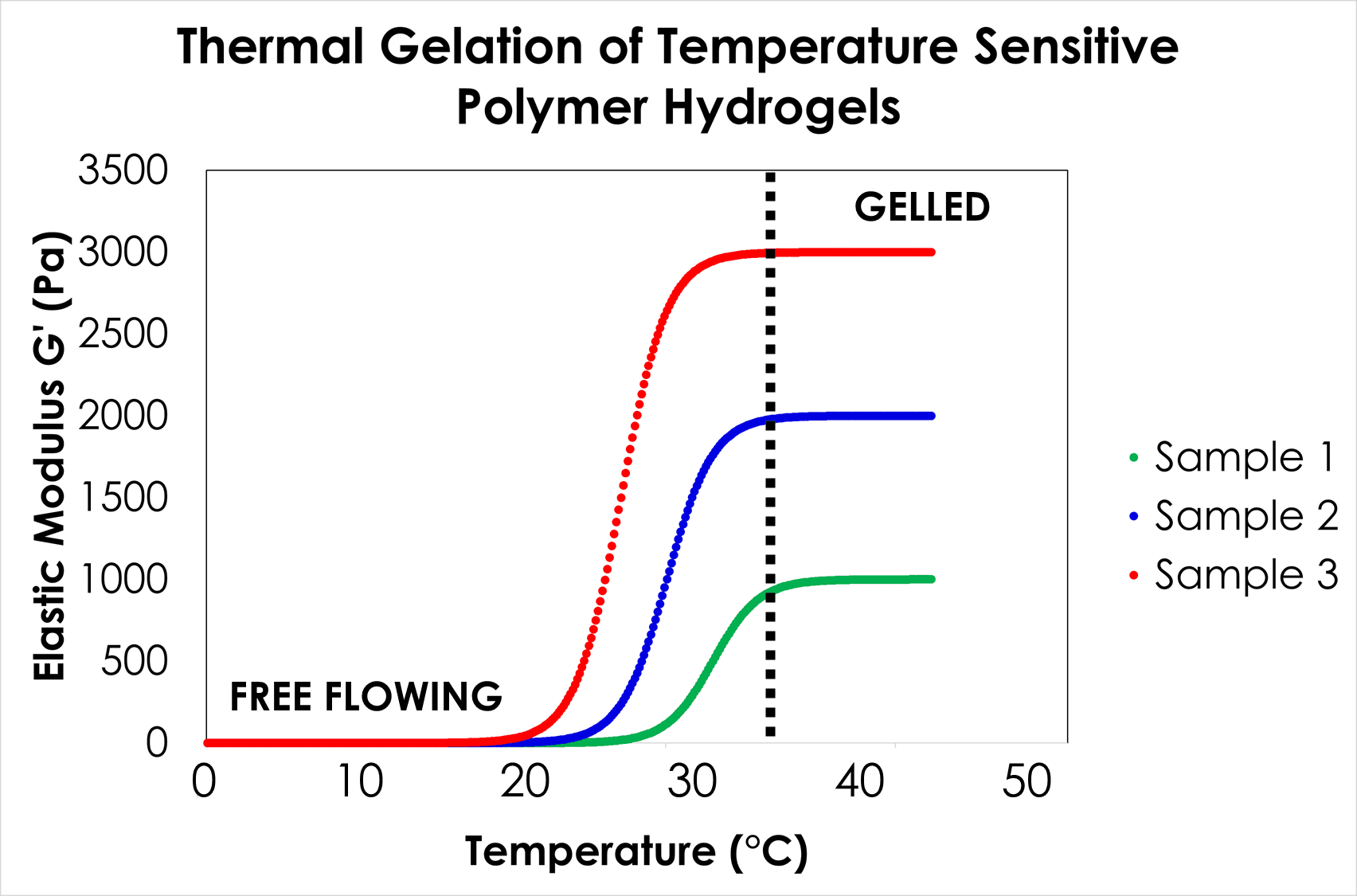
Why Your Mattress Feels Different at Night
Gel memory foam exhibits temperature-dependent firmness that catches many buyers off guard. In cold rooms below 65°F, the gel increases viscosity, making the surface feel temporarily firmer until your body heat softens the material. This isn’t a defect—it’s physics in action.
This characteristic particularly affects:
– Stomach sleepers wanting consistent softness
– Those in drafty bedrooms or cold climates
– People who prefer immediate deep sink-in
If you’re sensitive to firmness changes, choose a model with phase-changing material (PCM) that maintains more consistent temperature performance regardless of room conditions.
Essential Care Steps Most Owners Skip
Simple Maintenance That Doubles Mattress Life
Most gel memory foam mattress failures stem from improper care rather than material defects. Follow these critical maintenance steps:
- Start with proper foundation – Use a firm, non-flexing base with slats no more than 3 inches apart
- Protect immediately – Install a waterproof mattress protector before first use
- Rotate religiously – Mark your calendar for 180° rotation every 6 months
- Spot clean only – Never saturate the foam with liquids during cleaning
- Ventilate weekly – Remove bedding for several hours to prevent moisture buildup
Critical warning: Exceeding weight limits (typically 700-800 lbs for queen) or using improper foundations voids most warranties and accelerates sagging.
When to Replace Your Gel Memory Foam Mattress
Clear Signs It’s Time for a New Bed
Don’t wait until your mattress becomes uncomfortable—replace your gel memory foam mattress when you notice:
– Visible sagging of 1 inch or more in sleeping areas
– Permanent body impressions that don’t rebound
– Noticeable loss of cooling effectiveness
– New morning back pain without other causes
Most quality models last 7-10 years with proper care, but using a mattress protector from day one and maintaining proper room temperature (65-75°F) can extend this to the upper range.
Final Verdict: Who Should Buy and Who Should Skip
Gel memory foam mattresses deliver meaningful improvements for most warm sleepers seeking pressure relief without luxury-cooling prices. The cooling works effectively for moderate heat issues, pressure relief remains excellent, and motion isolation continues to impress couples.
However, the 15-40% price premium, added weight, and potential off-gassing may not justify the upgrade if you’re a cool sleeper or live in naturally cold environments. Consider your specific sleep temperature, local climate, and budget tolerance before deciding.
Hot sleepers: Gel memory foam offers compelling value, especially during major sales that drop prices near traditional foam levels. The cooling benefit often outweighs the minor drawbacks.
Extreme night-sweat sufferers: Look beyond gel to advanced phase-changing material (PCM) or active-cooling beds for better results.
Budget-conscious shoppers: Wait for holiday sales when gel models frequently drop 40-60%—making the cooling upgrade practically free compared to traditional foam.

